In recent years, the integration of artificial intelligence (AI) with forensic science has revolutionized the landscape of criminal investigations in India. The intersection of advanced technology and traditional forensic methods has not only expedited the process of solving crimes but has also significantly enhanced the accuracy and efficiency of investigations. This article explores the role of AI in forensic science and its impact on criminal investigations in India.
Automated Fingerprint Analysis:
One of the most critical aspects of forensic investigations involves fingerprint analysis. Traditional methods are time-consuming and prone to human error. AI algorithms, however, have proven to be highly effective in automating fingerprint matching processes. With the implementation of AI, forensic experts can now analyse and match fingerprints more quickly and accurately, helping law enforcement agencies to identify suspects and solve crimes more efficiently.
Facial Recognition Technology:
Facial recognition technology powered by AI has emerged as a powerful tool in the field of criminal investigations. Indian law enforcement agencies are increasingly utilizing facial recognition software to identify and track individuals involved in criminal activities. This technology is particularly useful in crowded public spaces, enhancing surveillance capabilities and aiding in the apprehension of suspects.
Digital Forensics:
As the digital landscape continues to evolve, so does the nature of crimes. Digital forensics, which involves the recovery and analysis of digital data, has become crucial in solving cybercrimes and other technologically-driven offenses. AI algorithms are now employed to sift through massive datasets, identify patterns, and extract relevant information from digital devices. This is especially significant in a country like India, where the use of smartphones and online platforms is widespread.
Crime Prediction and Analysis:
Predictive analytics, powered by AI, is transforming the way law enforcement agencies approach crime prevention. By analysing historical crime data, AI algorithms can identify patterns and trends, helping authorities allocate resources more effectively. This proactive approach aids in preventing crimes before they occur, making communities safer.
Speech and Voice Analysis:
AI is increasingly being used in the analysis of speech and voice patterns. Forensic voice analysis can assist in identifying individuals based on their voice characteristics, providing additional evidence in criminal investigations. This technology has proven valuable in cases involving recorded threats, ransom calls, and other audio-related evidence.
Challenges and Ethical Considerations:
While the integration of AI in forensic science offers numerous advantages, it also raises ethical concerns and challenges. Privacy issues, biases in algorithms, and the need for standardization in the use of AI tools are areas that require careful consideration. Striking a balance between technological advancement and protecting individual rights is crucial for the responsible deployment of AI in forensic investigations.
The marriage of AI and forensic science is undeniably transforming criminal investigations in India. The adoption of advanced technologies not only expedites the process of solving crimes but also enhances the accuracy and reliability of forensic evidence. As the nation continues to invest in technological infrastructure, the synergy between AI and forensic science is expected to play a pivotal role in ensuring justice and maintaining the security of its citizens.
However, it is imperative for policymakers, law enforcement agencies, and the scientific community to work together to address the ethical challenges and ensure the responsible and transparent use of AI in the pursuit of justice.





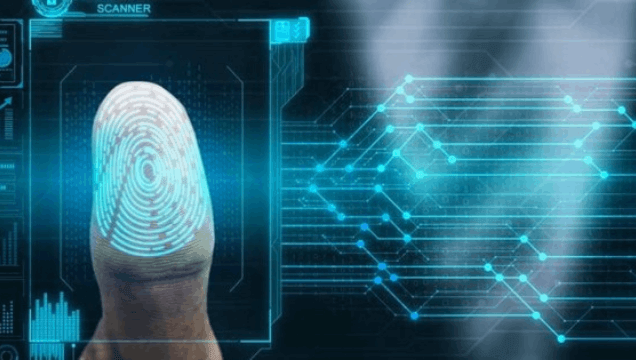


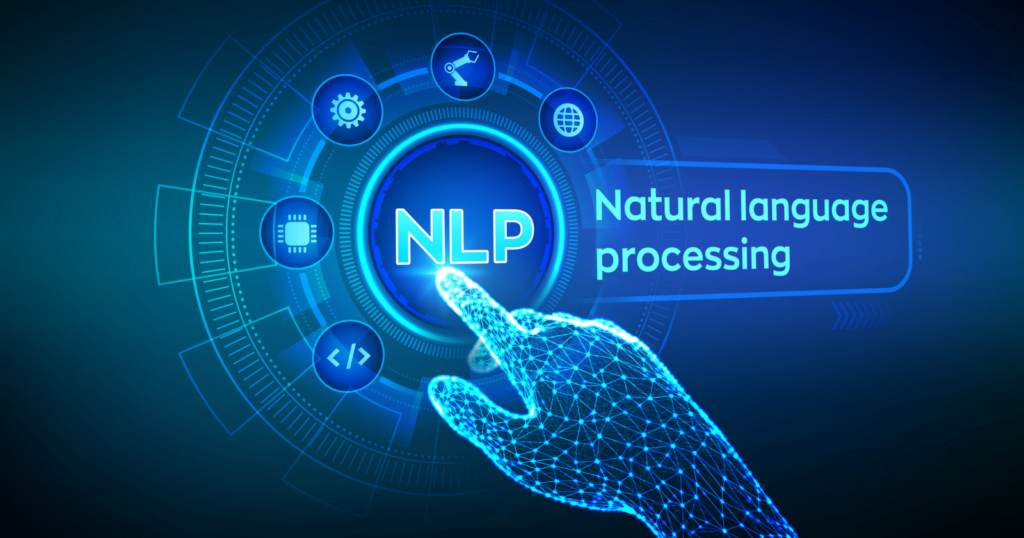



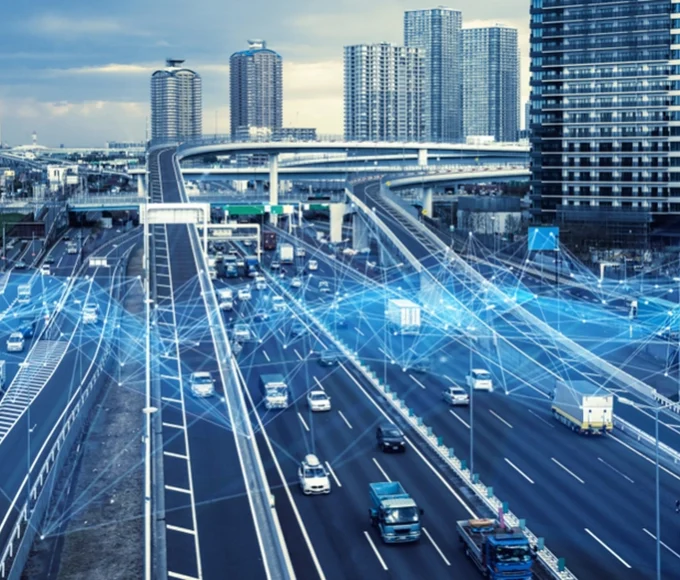
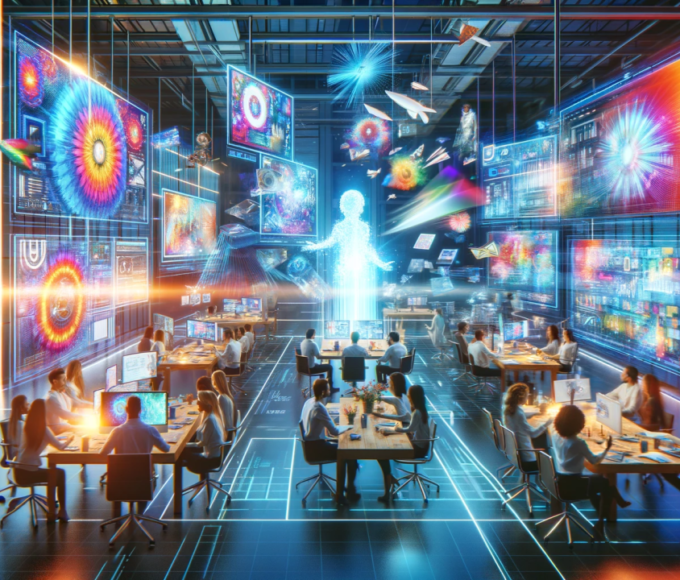
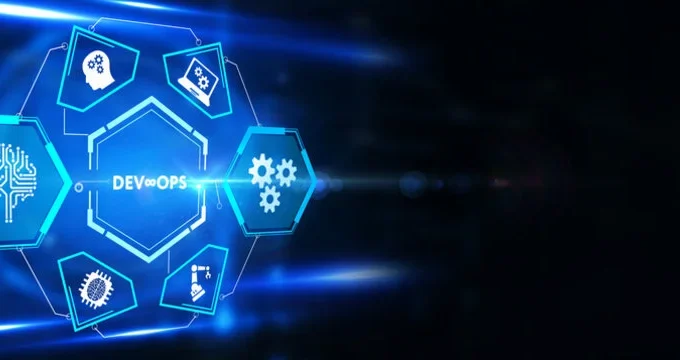
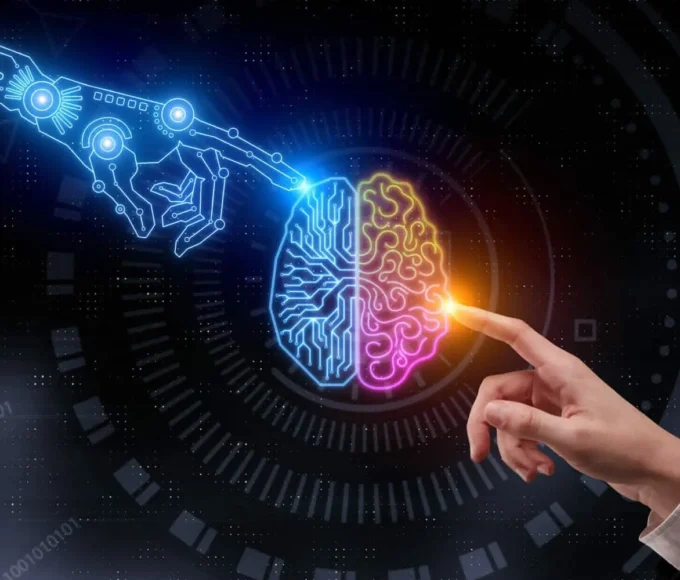
Leave a comment